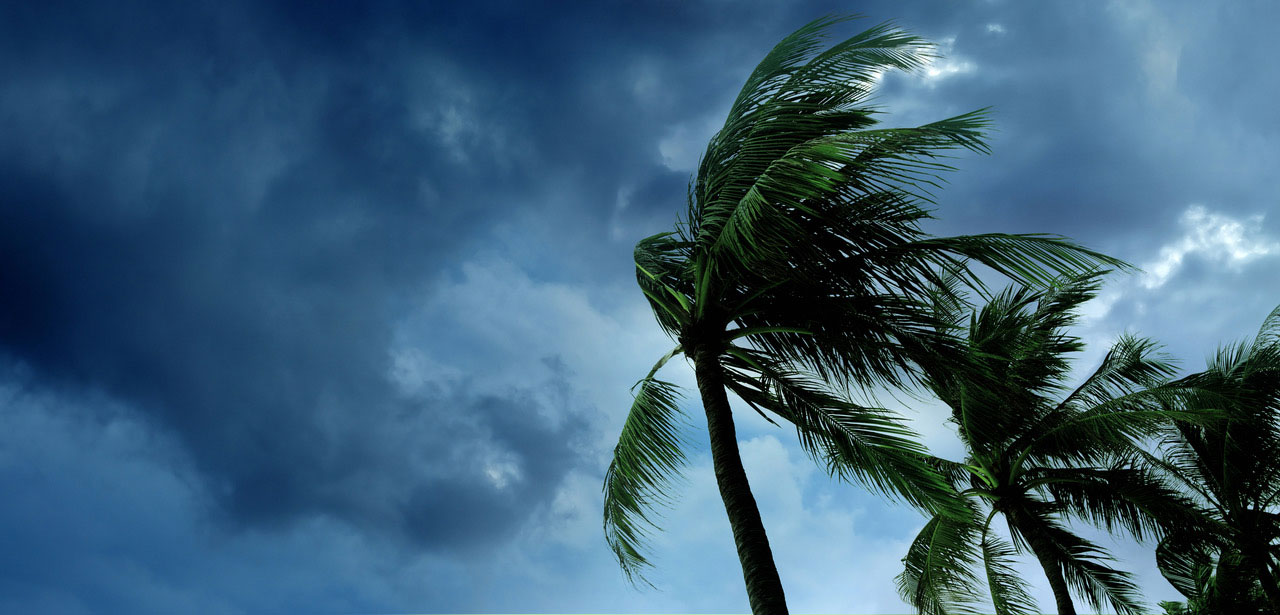
March 5, 2019
By Maricha Ellis, vice president of marketing and sales operations for Stericycle Environmental Solutions
Since 1980, the U.S. has had 40 hurricanes identified as billion-dollar disasters. The damages from the trio of Harvey, Maria and Irma in 2017 cost more than $250 billion combined, or upwards of 30 percent of the damage since 1980, making it the most expensive year in 38 seasons. The trend of damage shows no signs of slowing down.
Hurricane season falls annually between June 1 and Nov. 30. In addition to destruction and financial devastation, environmental emergencies present manufacturing executives with significant health, safety and environmental risks, often in the form of hazardous spills and leaks at their facilities.
No matter the waste that concerns your industry – from mining waste management to chemical waste disposal – it should be a priority to follow best practices for segregating, storing and disposing of hazardous waste year around, but especially in times of disaster.
There are a few key factors manufacturing leaders must keep in mind regarding hazardous waste in the event of extreme weather, starting with recognizing the need to have an emergency preparedness plan to begin with.
Most importantly, companies should first strategize on a successful disaster response plan and have the plan in place before it’s needed. When creating a natural disaster emergency plan, manufacturing executives should consider several factors.
Executives should initially determine emergency response roles. Who will make crucial decisions in the event of a storm? What’s the chain of command and communication? Who will be involved in hazardous waste management? Who will assist in waste removal?
There are many other elements that should be considered in the emergency response plan, including how to secure all hazardous chemicals safely outside of potential flooding areas, ways to identify what hazardous wastes could be generated and what type of reporting must be completed after an incident.
An ideal emergency response plan should also include proper communication protocol. One of the biggest mistakes manufacturers make when preparing for a natural disaster is a lack of a communication. When communication is done improperly, this can be a huge obstacle for organizations to overcome in a difficult situation.
Outside of an emergency, keeping up with day-to-day operations and proper waste segregation deserves high emphasis for manufacturers. This includes making sure the materials are in proper containers, in secure locations, and ultimately go to their end disposal in a manner that meets regulatory requirements of the U.S. Environmental Protection Agency (EPA) and the U.S. Department of Transportation (DOT).
Companies should keep waste in proper containers at all times. If a manufacturer improperly segregates waste, it’s going to make it more difficult in an emergency response situation.
Additionally, hazardous waste should be removed prior to the arrival of severe weather. If a manufacturer knows weather is coming in advance, which is often the case with week-long hurricane storm warnings, the location should schedule a pickup in advance for any known waste areas. However, it can be nearly impossible to do this when a natural disaster is well on its way. If a location cannot remove all hazardous waste, there are several safety precautions to follow when securing the materials that will remain on site.
For example, correct lids should be securely fastened on containers, and containment areas should be set up and properly cleaned. If possible, manufacturers should also move hazardous wastes into higher storage areas and ensure that storage containment, such as flammable liquids cabinets, are sufficiently tightened.
There will always be situations where the correct response to a disaster might not be obvious to the untrained eye. In some disasters, everything can look like waste that should be put in a trash can and taken away. However, in reality, some of those items need to be segregated from each other and properly disposed.
This is when partnering with a third-party waste management provider specializing in emergency response becomes crucial.
When facing a large-scale event, emergency response teams use a nationwide network of experts, facilities, equipment and subcontractors. Managing hazardous waste through emergency response services helps manufacturers find proper disposal outlets and get help with on-site segregation. These companies will be left in the right hands, as all personnel have proper safety and health certifications, followed by regular audits and evaluations.
Without a pre-existing agreement in place, it can take more time for an emergency response partner to access and service a location during a hurricane or natural disaster, as their priority will be to tend to contracted customers first. Because of this, it is important to find the best emergency response partner before or early in hurricane season, rather than waiting until the damage has been done.
When it comes to preparing waste for an environmental emergency, a little bit of pre-planning goes a long way – and so does having a partner that understands the regulatory environment and how to navigate it.
ABOUT THE AUTHOR
Maricha Ellis is vice president of marketing and sales operations for Stericycle Environmental Solutions, a leader in assisting customers with hazardous waste transportation and disposal, industrial cleanup, household hazardous waste, site restoration, emergency response services and more. Stericycle has responded to thousands of environmental emergency calls, providing disaster recovery assistance after hurricanes, tornadoes, floods and other natural disasters. For more information, visit www.stericycleenvironmental.com.
CONTACT
Stericycle’s emergency response team is always ready to respond to a customer’s environmental emergency via the company’s 24-7 call center at 877-577-2669 by email or erteam@stericycle.com.
In this episode, I sat down with Beejan Giga, Director | Partner and Caleb Emerson, Senior Results Manager at Carpedia International. We discussed the insights behind their recent Industry Today article, “Thinking Three Moves Ahead” and together we explored how manufacturers can plan more strategically, align with their suppliers, and build the operational discipline needed to support intentional, sustainable growth. It was a conversation packed with practical perspectives on navigating a fast-changing industry landscape.